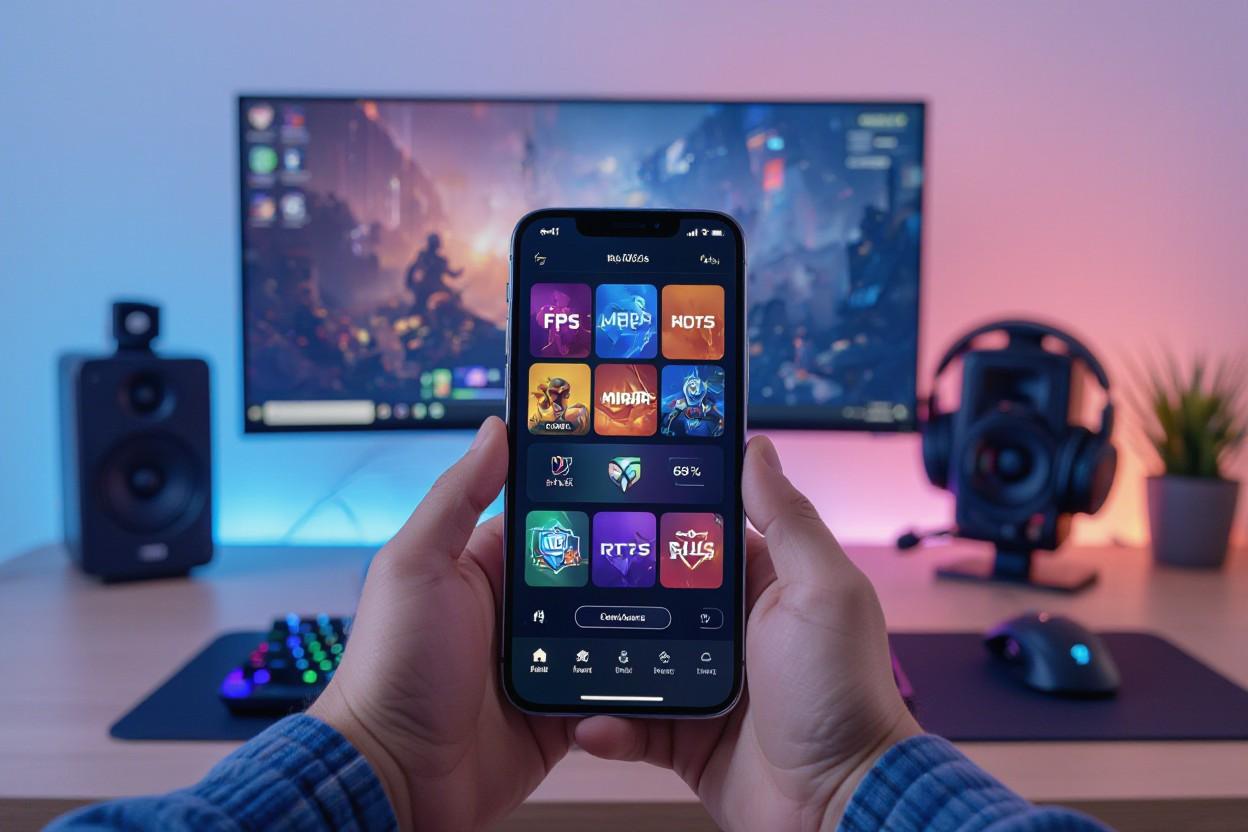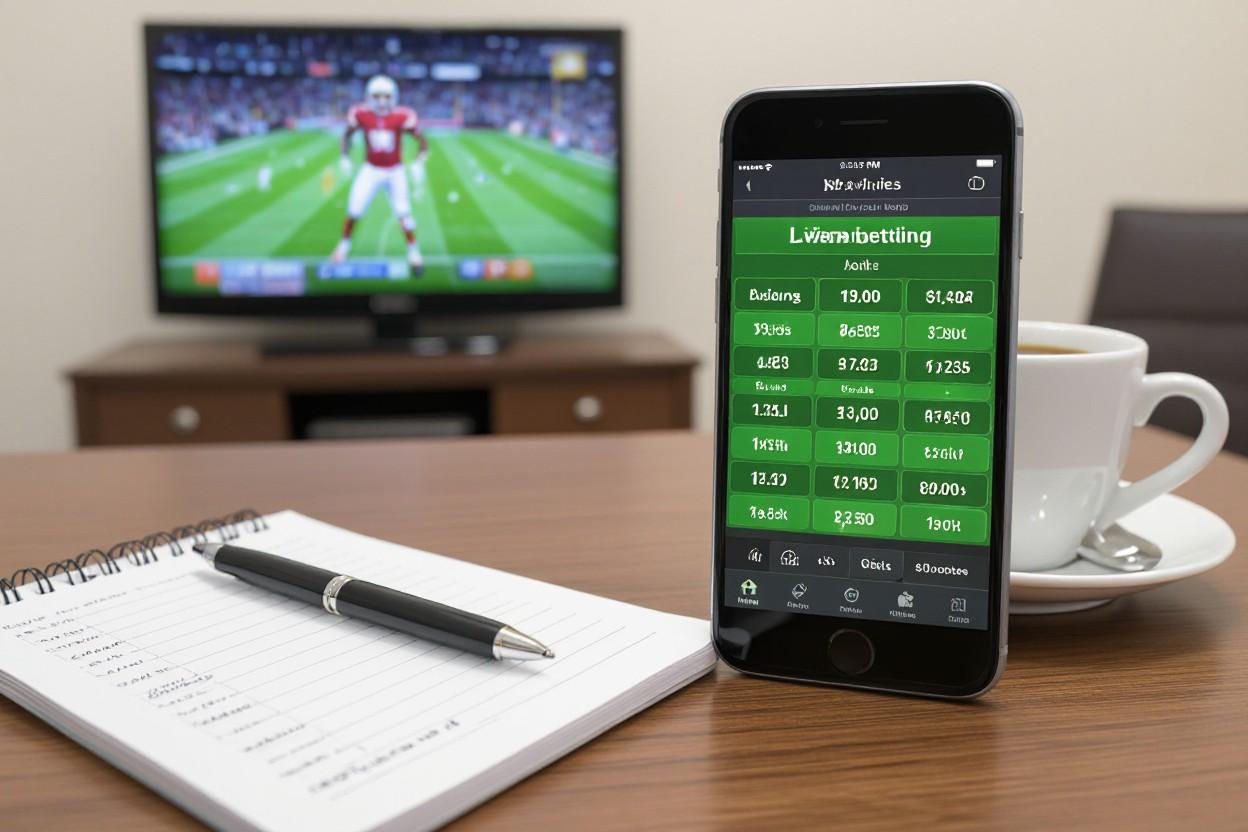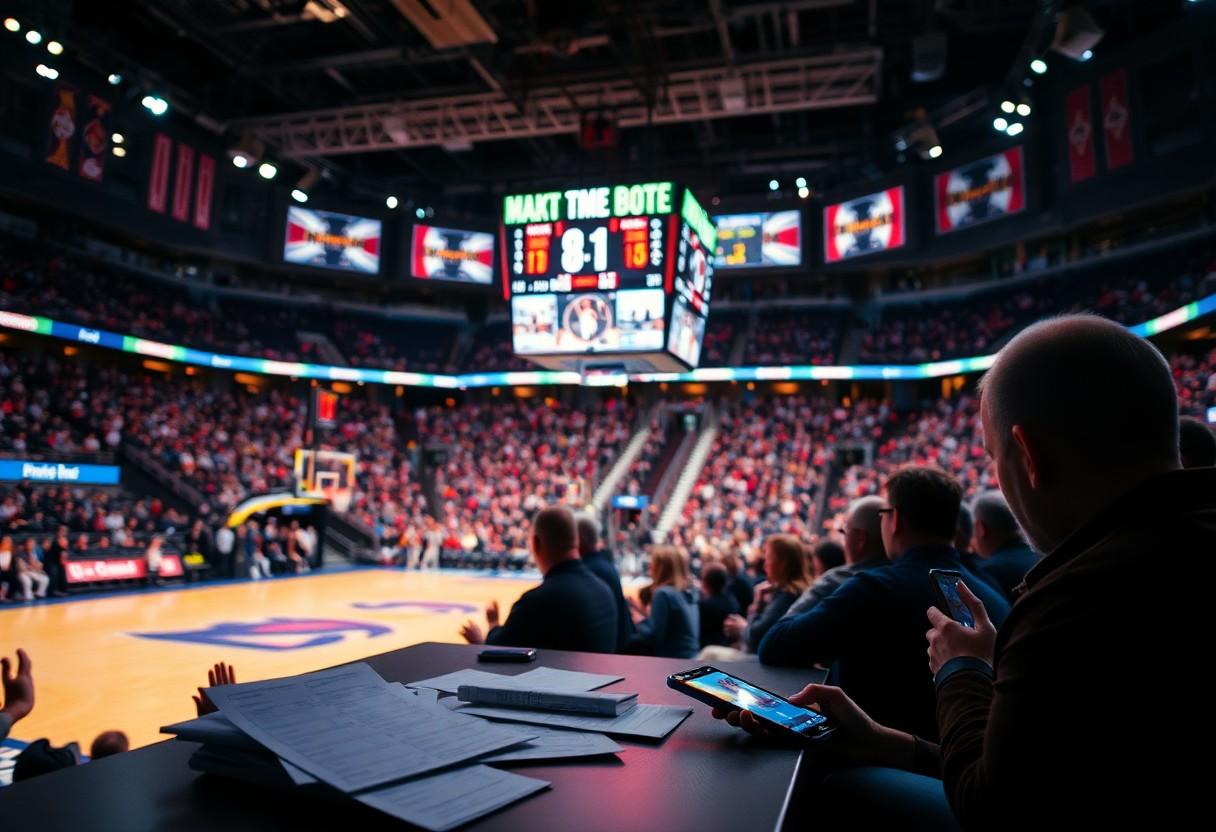Most live esports betting tests your ability to adapt quickly to dynamic matches, so fast decision-making and strict bankroll management are crucial; you must use genre-specific reads — tempo and rotations in MOBAs, map control and spacing in shooters, and timing in fighters. Expect high variance and rapid swings that can drain funds, and build concise betting plans emphasizing stake sizing, live observation, and consistent post-game review to maintain your edge.
Game Genre Dynamics: The Backbone of Betting Strategies
Genres set the rules you exploit: MOBAs reward objective control and rotation, FPS games hinge on economy and map control, and battle royales punish poor positioning under circle pressure. You should map each genre to specific bet types—objective props in MOBAs, round-swing bets in FPS, and survival/placement markets in BRs—and prioritize live lines that mirror those mechanics. Strong edges come from understanding tempo, resource flow, and short-term variance rather than generic team form.
Understanding Game Mechanics and Their Influence on Betting
Study concrete mechanics: CS:GO forces “eco” and “force-buy” cycles that create predictable win-probability swings across rounds; Dota 2’s Roshan has an 8–11 minute respawn window that alters team timings; League of Legends Baron spawns at 20:00 and respawns in 6 minutes, concentrating high-leverage moments. You should use these timers, economy states, and RNG sources to model in-play probabilities and avoid markets where randomness dominates outcomes.
The Role of Meta Changes in Live Betting Decisions
Patch cycles and pro-strategy shifts change which champions, heroes, or weapons are favored and can flip market expectations within days. You should track Riot’s ~two-week patch cadence, Dotabuff win-rate trends, and HLTV stat shifts: when pick/win rates move by double digits or pro teams alter drafts, market volatility spikes and early live lines often misprice the new reality—offering opportunities if you react faster than the book.
Dig deeper into meta monitoring: follow patch notes, pro scrims and aggregate data sources like HLTV, Oracle’s Elixir, and Dotabuff to catch emergent patterns. Log pick/ban and win-rate changes across 3–5 pro events and treat a sustained >3–5% win-rate swing as signal, not noise. Adjust stake sizing after a patch—reduce exposure for the first 24–72 hours or seek specific props that reflect the new meta (e.g., first turret in LoL if early items are buffed). Market makers typically lag pro scrim trends by one to two match days, so your edge comes from anticipating how teams translate patch bonuses into strategy rather than betting on raw popularity shifts.
Shooter Games: Precision and Strategy at Play
Focus on round-by-round micro-decisions: economy cycles, utility economy, and site control often decide outcomes more than raw aim. Watch how teams handle pistol rounds, execute timings (three-man B splits or staggered A hits), and adapt to map economy; teams that secure the second-buy after a lost pistol convert maps at far higher rates. You’ll profit by tracking these patterns live and sizing stakes when one side’s utility use and round-win patterns begin to dominate.
Betting on Team Fundamentals: Communication and Coordination
Gauge in-match voice comms via observable rotations, timely trade kills, and consistent smoke/flash usage; teams that trade at >40% in opening duels or close 4v4s quickly tend to flip live lines. Spot repeated late rotations or failed executes—three consecutive failed executes on the same site often drop conversion chances dramatically. You should weigh those signs more than pre-match form when odds start moving after the first 6–10 rounds.
Recognizing Key Player Performances and Impact on Odds
Track metrics like K/D, ADR, entry-frag rate, and clutch conversions for the top 2 players—bookmakers adjust lines when a star posts ADR above ~80 or an entry-frag rate surging over their season average. Live markets react fastest to consistent multi-kill rounds or 1vX clutches; you can exploit these swings by backing the underdog if the favorite’s star stalls or by increasing stake when a carry player racks up back-to-back rounds.
Use short windows (first 8–10 rounds) to set thresholds: if a team’s AWPer posts ADR under 60 and negative K/D through that window, bookmakers often shift money and odds can move 20–30% within a map. Monitor weapon buys, round length, and round-win patterns—long, utility-heavy rounds favor methodical teams while sub-20-second rush rounds favor star fraggers. React quickly: a single 3–4 round streak from a carry can force lines to compress, creating value on the opposing side if fundamentals deteriorate.
MOBA Strategies: Reading the Rifts and Picking Winners
Scan drafts for comfort picks, flex picks, and targeted bans because those choices reveal a team’s tempo and win condition; in League, blue-side first-pick advantage sits around ~51%, while Dota drafts often signal early Roshan or late-game scaling. You should weigh jungle pathing, lane matchups, and level-6 power spikes—live markets frequently react within the first 5–10 minutes after a decisive kill or objective swing.
Analyzing Draft Strategies and Their Implications
Watch for counter-bans and concealed flexes that force uncomfortable matchups: a saved flex pick usually means role swaps or hidden scaling. Live odds can shift by double digits when a meta-defining champ is banned. You should note whether teams prioritize safety picks or high-skill carry champions—that decision often predicts mid-game aggression versus late-game farming strategies.
The Importance of Map Control and Objectives During Matches
Controlling vision and neutral objectives establishes tempo—ward placement around Baron, Dragon, or Roshan and early tower trades compound advantages. You should track ward counts, objective timers, and turret health because a secured Rift Herald or lost early Drake can flip in-play lines quickly and force opponent rotations.
Historically, a 3,000 gold lead by 15 minutes converts to wins in roughly the high 70s percentile across pro MOBAs; when a team takes two outer towers and claims a Herald/Roshan before minute 12, treat that as a high-probability swing. Adjust bet sizing: reduce stakes or hedge until vision resets and map control stabilizes, then reassess based on objective cadence.
Fighting Games: Mastering Timing and Mind Games
High-level fighting matches hinge on frame data, reaction windows and reads: a +3 frame advantage can turn pressure into a combo, while a 1-frame punish opportunity decides rounds. You should track character matchups, meter states and a player’s adaptation across rounds — best-of-five sets often reveal who adjusts first. Live markets move fast after a clutch parry or burst comeback; prioritize bets that exploit immediate edges and avoid chasing wagers after a tilt-induced error streak.
Betting on Player Matchups: The Clash of Fighting Styles
Zoners versus rushdown players create predictable live edges: a player who struggles against distance control (e.g., Guile vs Rashid in Street Fighter) will give you value when rounds trend neutral-heavy. Check recent head-to-heads and character pick rates — if Player A has a 70% win rate with a counter-pick in the last 10 sets, live odds often underprice that advantage. Use matchup-specific stats to size bets and exploit bookmakers slow to adjust for counter-picks.
Identifying Momentum Shifts and Their Betting Impact
A single comeback round or a perfectly-timed parry (think Daigo vs Justin, Evo 2004) flips not just the scoreboard but player psychology and market prices. Watch meter, stun levels and costly input errors: a landed combo that depletes meter or pushes to the wall can force defensive play and lower win probability in the next round. Capitalize on early live lines after a swing, but avoid larger stakes if you spot physical fatigue or visible frustration.
Deeper reads give you an edge: track meter percentages, defensive option usage and punish frequency across rounds — in Tekken, consistent missed sidestep timing indicates an exploitable rhythm; in Marvel, an unused X-Factor or tag-swap pattern signals comeback potential. Monitor time-between-matches and bracket placement too: losers’ bracket survivors often show higher risk-taking. On the betting side, prefer smaller, frequent stakes after momentum flips and use cash-out when odds compress; a rapid market shift following a big comeback often overreacts, creating profitable short windows for disciplined live bettors.
Sports Simulations: When Realism Meets Reality
Engine-driven realism in FIFA, NBA 2K and official F1 titles means you can leverage real-player form and frequent attribute updates—EA and 2K push weekly or biweekly roster/patch adjustments that move virtual outcomes. Watch substitution, stamina and AI-tuning mechanics: latency between a real-world event and its in-game reflection creates short windows where odds misprice, while high simulation fidelity makes outcome distributions closer to real sports if you act quickly.
Utilizing Historical Performance Trends in Live Betting
You analyze the last 20–50 simulation matches for a given roster or patch, weighting the most recent 5–10 games at 60–70% to capture meta shifts. Apply moving averages, head-to-heads and stat trends like xG or shot-creation; for example, a side averaging 0.4 xG per match across 10 games signals sustained attacking output. Watch small sample sizes after major patches that inflate variance and force wider live spreads.
The Influence of Real-World Events on In-Game Betting Dynamics
Real-world transfers, injuries and schedule changes often trigger in-game roster or rating updates within hours; a marquee transfer can shift a virtual player’s rating by 3–8 points and change team win probabilities. Spot the update gap: you can exploit odds mispricings during that lag, but factor in patched AI that may alter expected goals and pacing post-update.
During the COVID-19 disruptions in 2020, simulated fixtures and esports replacements led to volatile markets where odds frequently swung and liquidity patterns changed; some matches saw line moves of 10–30% as uncertainty hit. You should track publisher patch notes, transfer-window timestamps and official league bulletins, then cross-reference with odds feeds to measure bookmaker reaction times—these reaction windows are where edge opportunities most often appear.
To wrap up
From above you should adapt your live betting approach by genre: focus short-term momentum in shooters, map and draft reads in MOBAs, economic and momentum swings in strategy titles, and form and stamina in fighting or sports-sims. Use disciplined bankroll rules, quick but informed decisions, and genre-specific data to exploit edges while managing risk as the match unfolds.




